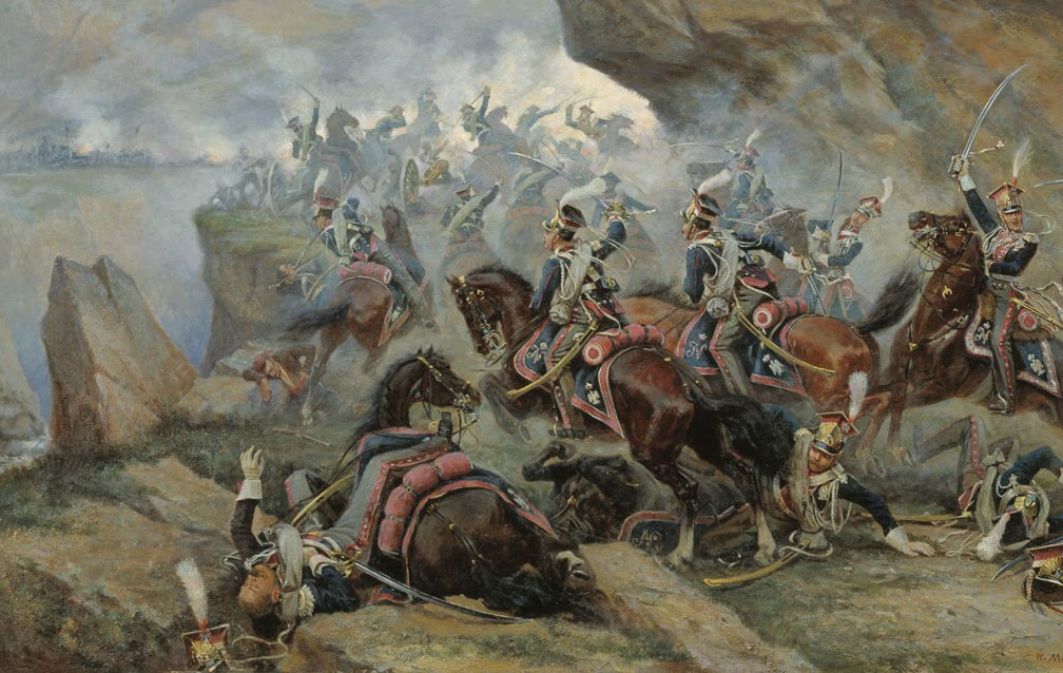Moreover, sometimes – as in the case of Mariusz Walter, editor-in-chief of the TVP Chief Editorial Office of Journalistic Shows and Documentary Forms and the creator of “Studio 2” – the decision on “verification” was made at a much higher level. His “crucifixion” was demanded by the “renewed” company party organisation in the Radio and Television Committee. What saved him from being fired – he eventually left on his own – was his collaboration with Urban and Rakowski, to whom he allegedly presented “a lot of interesting general political and propaganda concepts” after December 13, 1981. And so valuable that the former proposed him as the head of the black propaganda department (which consciously uses lies) in the Ministry of Internal Affairs, the creation of which was suggested by the government spokesman...
They took their places and made impressive careers…
Kicked out of the media and blackballed, they found themselves in a difficult situation. It is perfectly reflected in an advertisement from “Życie Warszawy” – which, incidentally, was published either by oversight or, more likely, as a result of “sabotage” – reading: “I am looking for an honest job. Jacek Maziarski”. The lucky few included three journalists from “Życie Warszawy” (Jacek Poprzeczko, Wojciech Markiewicz and Leszek Będkowski), who received a job offer at “Polityka”. The first two accepted it. Most of their colleagues had to cope differently. Many of them were forced to take up various activities to earn money. As Jacek Snopkiewicz (a negatively “verified” editorial manager at the TVP Chief Editorial Office of Publicistic Shows and Documentary Forms) described it rather vividly – he met Krystyna Mokrosińska (a journalist and television documentary filmmaker) “in a bitter frost, at a flower stall on the corner of Świerczewski and Marchlewski Streets. Wrapped in anoraks, wearing felt boots, she was shivering with cold, adding
asparagus plumous to a bouquet of gerberas…
The fired journalists and other media workers were replaced by others (usually young and inexperienced), and thanks to this, some of them began their – sometimes impressive – careers. For example, Programme III of the Polish Radio, which was “cleaned up” particularly carefully as a hotbed of “Solidarity”, included, among others: Marek Niedźwiecki or Monika Olejnik.
 SIGN UP TO OUR PAGE
SIGN UP TO OUR PAGE

As I have mentioned, a large group of people took part in the “verification” campaign. In addition to media management, these were party members, Security Service officers and soldiers of the Polish People’s Army. They suffered practically no consequences, on the contrary – they made brilliant careers. It happened that in 1989, when people who had been fired seven years earlier returned to work in the media, they were accepted by the same people who had fired them earlier, but now employed in higher positions. All the more so because the new authorities (e.g. the new “Solidarity” president of the Committee for Radio and Television, Andrzej Drawicz) were firmly opposed to a more rigorous treatment of journalists who had collaborated with the communist government. Drawicz called it a “new verification” or “a kind of purge” in relation to people “who simply faithfully served the authorities as they were then exercised”... By the way, he said these words during a meeting with radio and television employees in Katowice, where a bizarre, even shocking situation occurred. The commission in this centre – with the participation of “verifiers” from 1982 onwards – refused to employ a person who had been negatively “verified” at that time, and not at all – according to Jerzy Wuttke, a member of the Civic Parliamentary Club quoted by “Gazeta Wyborcza” – “not due to lack of professionalism”.
They walk, they do well, they compete for honours
It is true that the “verification” of journalists during martial law was the subject of investigations by prosecutors of the Institute of National Remembrance [IPN], but even if the perpetrators were brought to trial (as in Łódź, for example), and the court found them guilty, at the same time – under the amnesty of 1989 – criminal proceedings against these people were discontinued. Moreover, some “verifiers”, such as Ryszard Ulicki (in 2003) or Ryszard Sławiński (a year later), were elected by the Polish Parliament to the National Broadcasting Council to supervise the media. Unfortunately, the words of Iwona Śledzińska-Katarasińska, an MP from the Civic Platform party and the chairwoman of the parliamentary committee on culture and mass media from 2004, are still largely valid: “Even though so many years have passed since martial law,
are still around, alive, doing well, they compete for public positions and honours. They are elected to various bodies. However, there is nothing as disgusting as in the journalistic environment”.
Some consolation is the fact that there are exceptions to this rule – now and thenbeing a “verifier” becomes something shameful, a stain on your CV. This is perfectly evidenced by the case of Bohdan Onichimowski, whose cause for shame was not the fact of cooperation (in the years 1979–1989) with the security apparatus, but the publication of his name as a member of the “verification” commission at the Radio and Television Centre in Szczecin. The problem is that the shame was not great enough to prevent him from filing a lawsuit against the historian who had revealed this fact...
– Grzegorz Majchrzak
TVP WEEKLY. Editorial team and jornalists
– Translated by Dominik Szczęsny-Kostanecki
The author is a member of the IPN Historical Research Office
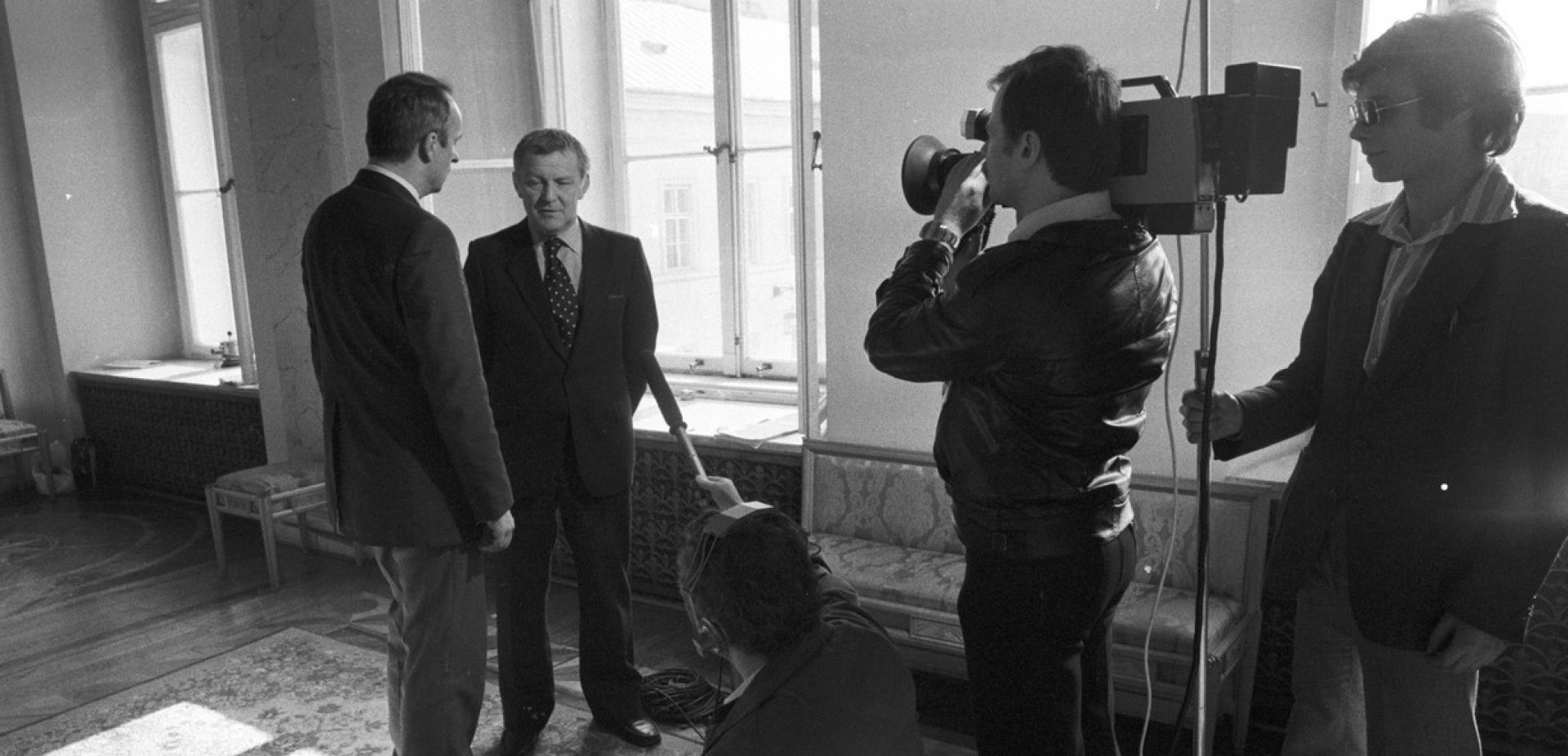
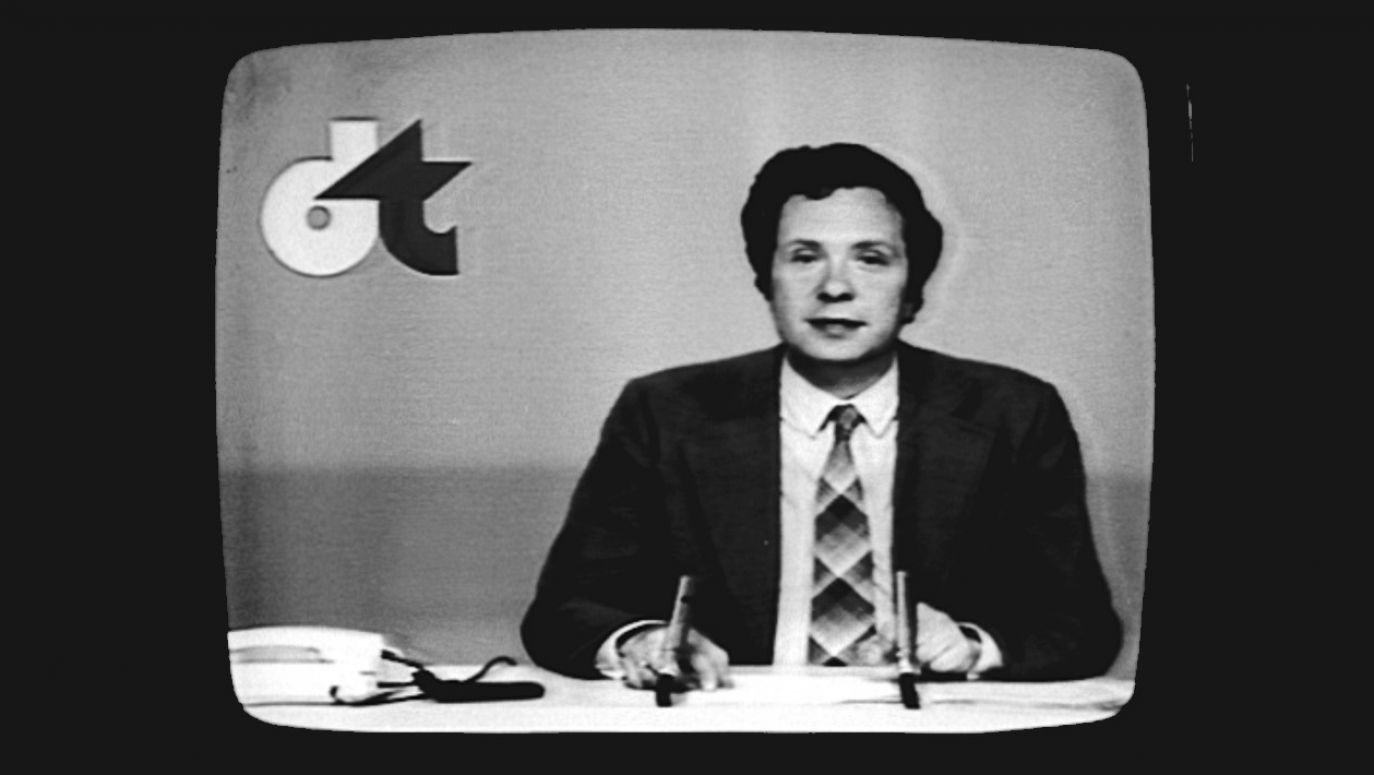
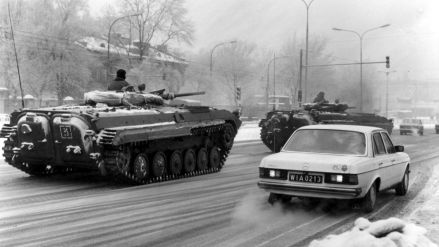
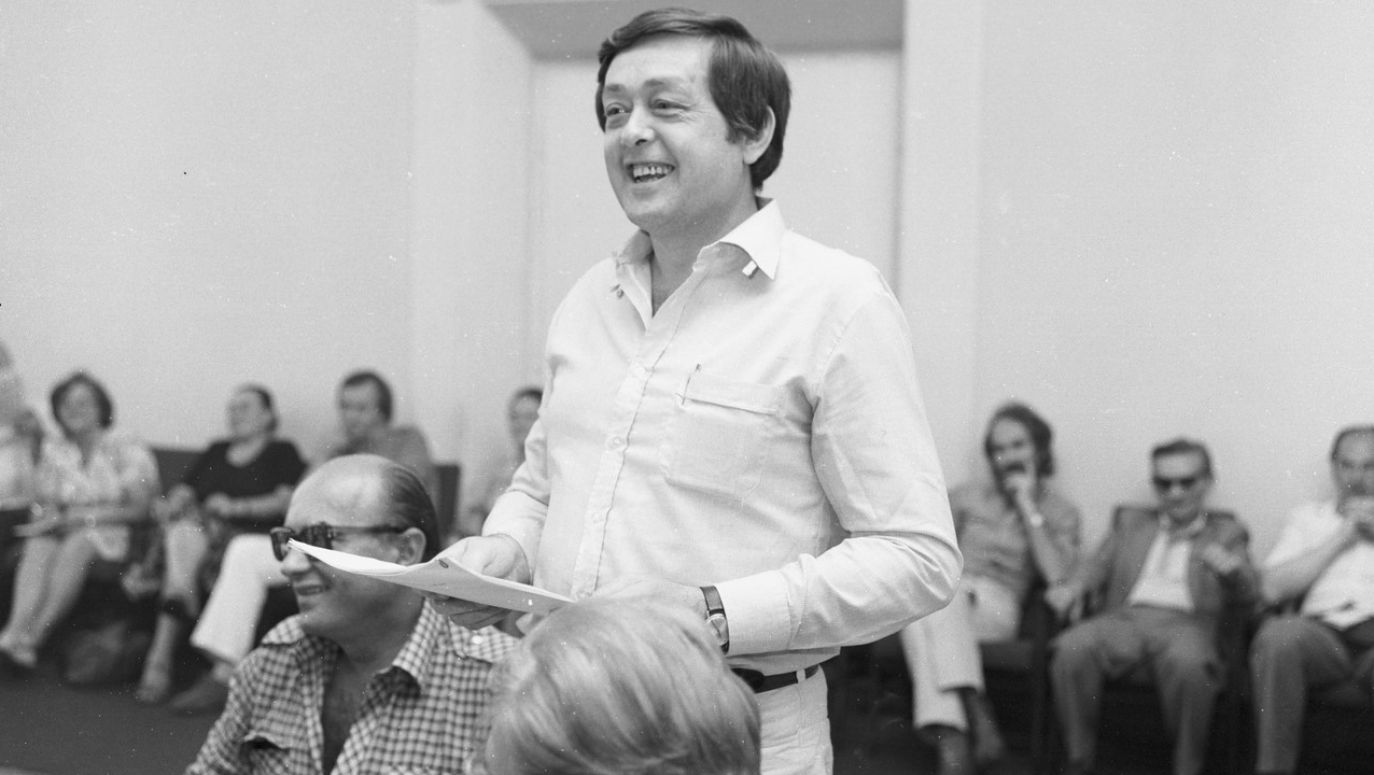
 SIGN UP TO OUR PAGE
SIGN UP TO OUR PAGE
 As I have mentioned, a large group of people took part in the “verification” campaign. In addition to media management, these were party members, Security Service officers and soldiers of the Polish People’s Army. They suffered practically no consequences, on the contrary – they made brilliant careers. It happened that in 1989, when people who had been fired seven years earlier returned to work in the media, they were accepted by the same people who had fired them earlier, but now employed in higher positions. All the more so because the new authorities (e.g. the new “Solidarity” president of the Committee for Radio and Television, Andrzej Drawicz) were firmly opposed to a more rigorous treatment of journalists who had collaborated with the communist government. Drawicz called it a “new verification” or “a kind of purge” in relation to people “who simply faithfully served the authorities as they were then exercised”... By the way, he said these words during a meeting with radio and television employees in Katowice, where a bizarre, even shocking situation occurred. The commission in this centre – with the participation of “verifiers” from 1982 onwards – refused to employ a person who had been negatively “verified” at that time, and not at all – according to Jerzy Wuttke, a member of the Civic Parliamentary Club quoted by “Gazeta Wyborcza” – “not due to lack of professionalism”.
As I have mentioned, a large group of people took part in the “verification” campaign. In addition to media management, these were party members, Security Service officers and soldiers of the Polish People’s Army. They suffered practically no consequences, on the contrary – they made brilliant careers. It happened that in 1989, when people who had been fired seven years earlier returned to work in the media, they were accepted by the same people who had fired them earlier, but now employed in higher positions. All the more so because the new authorities (e.g. the new “Solidarity” president of the Committee for Radio and Television, Andrzej Drawicz) were firmly opposed to a more rigorous treatment of journalists who had collaborated with the communist government. Drawicz called it a “new verification” or “a kind of purge” in relation to people “who simply faithfully served the authorities as they were then exercised”... By the way, he said these words during a meeting with radio and television employees in Katowice, where a bizarre, even shocking situation occurred. The commission in this centre – with the participation of “verifiers” from 1982 onwards – refused to employ a person who had been negatively “verified” at that time, and not at all – according to Jerzy Wuttke, a member of the Civic Parliamentary Club quoted by “Gazeta Wyborcza” – “not due to lack of professionalism”.



